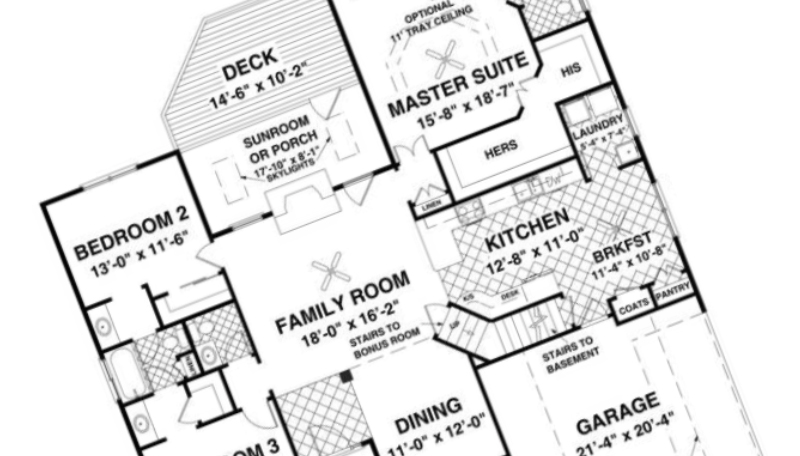The world’s population of seniors continues to increase with no sign of slowing down in the coming decades. This presents several accessibility challenges that our communities will have to start planning for sooner rather than later. In this month’s roundup, we look at the ways in which the world is adapting to the accessibility needs of older adults and how they can be applied to the senior living industry.
1. Single-Level Living Makes Aging in Place Easier
The current generation of seniors wants to age in place for as long as possible. This presents a unique opportunity for active adult and continuing care retirement communities: focusing on single-level living.
The Epoch Times offers insights on how single-level living helps adults ages 55+ age in place and the features your community can implement to make homes more accessible.
2. New Committee Aims to Increase Accessibility for Seniors
People ages 60 and over are expected to make up 22 percent of the world’s population by 2050. In order to prepare for the challenges this will bring on a local level, residents in East Lansing, Michigan have formed the Age-Friendly Community Committee. The goal of the committee is to better understand the needs of the city’s older residents and increase their level of accessibility.
The State News details how the committee plans to implement universal design elements that will improve housing, transportation, communications, social participation and other aspects of daily life for seniors in the community.
3. Technology Improves Accessibility for Seniors
Seniors have generally been considered laggards when it comes to adopting new technology. But with the advent of modern tech, the four-in-ten seniors who now own smartphones have seen how apps offering accessibility features can make their lives easier.
Find out how smartphone apps are improving mobility, safety and quality of life for seniors in this E27 article.
4. Will Modular Houses Be the Next Senior Living Trend?
Modular houses present a new opportunity to build rightsized homes for seniors in a fraction of the typical time. The intent of this new concept is to provide an alternative to single-family homes that helps seniors maintain their independence.
Find out more about the need for modular housing for seniors in this NPR interview.
5. A Guide for Building Accessible Public Spaces
The New Zealand government recently released Buildings for Everyone — a guide that offers insights on how building owners and designers can implement best practices for planning buildings with the needs of disabled individuals in mind. While age should not be considered a disability, the guide offers several insights that builders in the senior living industry can implement to help make communities more accessible for seniors.
Find out more about the Buildings for Everyone guide and how it aims to increase accessibility for the public in this article on The Construction Index.




